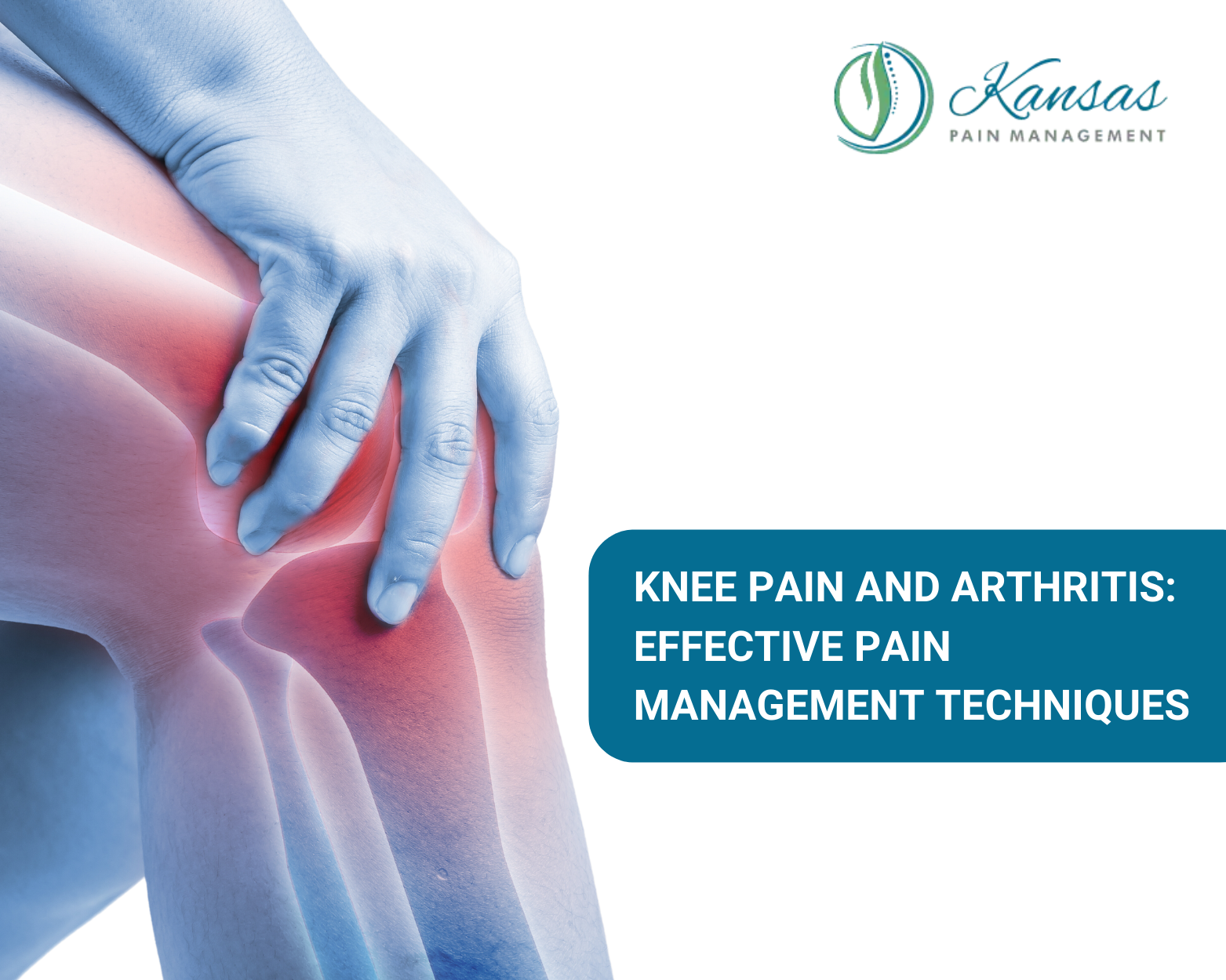Knee pain is a common complaint that affects individuals of all ages and can significantly impact mobility and overall quality of life. One of the leading causes of knee pain is arthritis, a condition characterized by inflammation and damage to the joints. In this blog post, we will explore the connection between knee pain and arthritis, shedding light on the different types of arthritis that can affect the knee joint and discussing effective management techniques for reducing pain and improving functionality.
Types of Arthritis Affecting the Knee:
- Osteoarthritis: The most prevalent form of arthritis, osteoarthritis, occurs when the protective cartilage in the knee joint wears down over time. It is commonly associated with aging, overuse, previous injuries, or genetics.
- Rheumatoid Arthritis: Rheumatoid arthritis is an autoimmune disease that causes inflammation in the joints, including the knees. It can lead to joint deformity and erosion of the joint surfaces.
- Post-Traumatic Arthritis: This type of arthritis develops after a knee injury, such as a fracture or ligament tear. The initial trauma can disrupt the normal joint mechanics, leading to the gradual breakdown of cartilage.
Recognizing Symptoms of Knee Arthritis
Individuals with knee arthritis may experience the following symptoms:
– Persistent pain, especially during movement or weight-bearing activities
– Stiffness and reduced range of motion in the knee joint
– Swelling and tenderness around the knee
– A feeling of instability or giving way in the knee
– Difficulty walking or performing everyday activities
It is essential to consult with a healthcare professional for an accurate diagnosis and appropriate management plan.
Effective Management Techniques for Knee Arthritis:
- Exercise and Physical Therapy: Regular exercise, including low-impact activities like swimming, cycling, and gentle stretching, can help strengthen the muscles surrounding the knee joint and improve joint stability. Physical therapy programs tailored to individual needs can provide targeted exercises and techniques for pain relief and functional improvement.
- Medications: Over-the-counter pain relievers and nonsteroidal anti-inflammatory drugs (NSAIDs) can help alleviate pain and reduce inflammation. In more severe cases, prescription medications or corticosteroid injections may be recommended by a healthcare professional.
- Weight Management: Maintaining a healthy weight is crucial for individuals with knee arthritis, as excess weight places additional stress on the joint. Losing weight, if necessary, can significantly reduce pain and improve knee function.
- Assistive Devices and Orthotics: The use of assistive devices such as canes or knee braces can provide support and reduce the load on the knee joint. Custom orthotics or shoe inserts can also help improve alignment and reduce discomfort.
- Heat and Cold Therapy: Applying heat or cold packs to the affected knee can provide temporary pain relief and help reduce inflammation. Experiment with both methods to determine which works best for you.
- Surgical Interventions: In cases where conservative measures are ineffective, surgical interventions such as arthroscopy, joint realignment, or joint replacement may be considered. Consultation with an orthopedic surgeon is necessary to assess the suitability of surgical options.
Lifestyle Modifications for Knee Arthritis:
- Adaptations at Home: Making simple modifications to your living environment, such as installing handrails or grab bars, using raised toilet seats, or using chairs with higher seats, can make daily activities less strenuous on the knees.
- Joint Protection Techniques: Practicing proper body mechanics, using ergonomic tools, and avoiding activities that place excessive stress on the knee joint can help protect and preserve joint health.
- Balancing Activity and Rest: Finding the right balance between staying active and allowing for periods of rest is crucial. Listen to your body and adjust your activity level accordingly to prevent overexertion and exacerbation of symptoms.
Conclusion:
Knee pain and arthritis often go hand in hand, affecting millions of individuals worldwide. Understanding the different types of arthritis that can impact the knee joint and implementing effective management techniques can help alleviate pain, improve functionality, and enhance overall quality of life. By adopting a multidimensional approach that combines exercise, medication, lifestyle modifications, and, if necessary, surgical interventions, individuals can take control of their knee health and enjoy a more pain-free and active lifestyle. Consult with Kansas pain management a healthcare professional for an accurate diagnosis and personalized treatment plan based on your specific condition.

